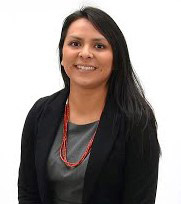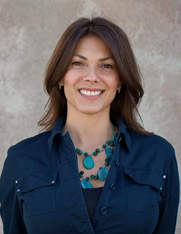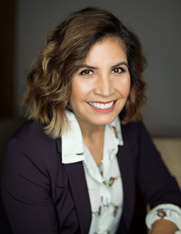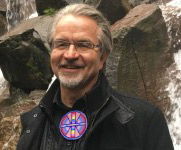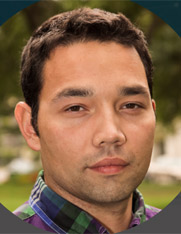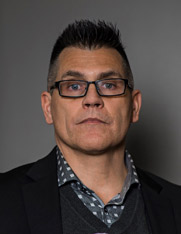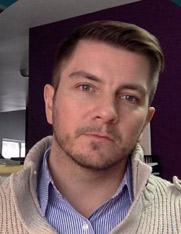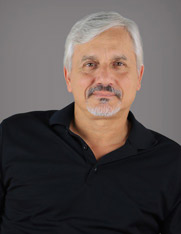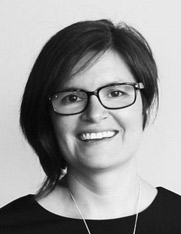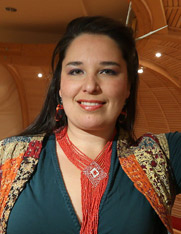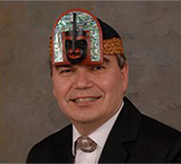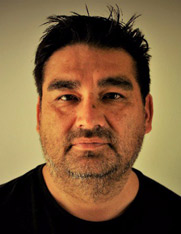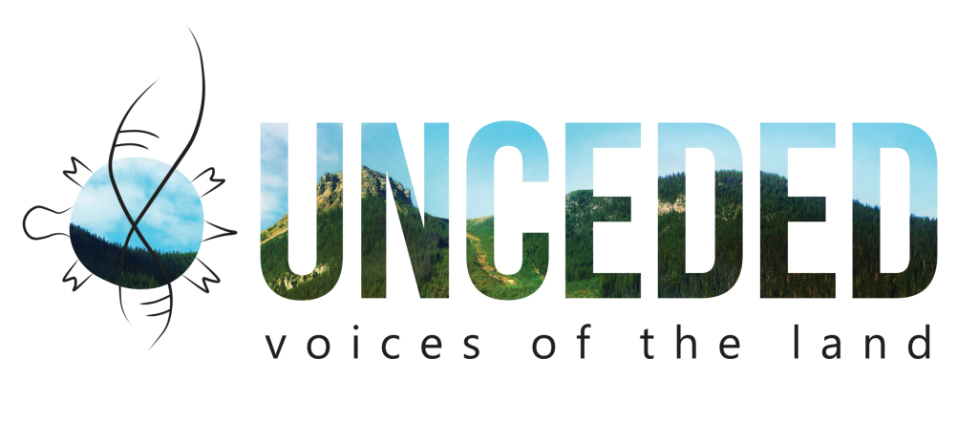
UNCEDED - THE TEAM
Creative Director
Douglas Cardinal
O.C., Ph.D. (h.c.), B.Arch, O.A.A., A.A.A., S.A.A., A.I.B.C., A.I.A., NCARB, R.C.A.A., F.R.A.I.C., F.R.I.A.S., F.R.S.C.
“I firmly believe that the Indigenous world view, which has always sought this balance between nature, culture and technology, is the path that humanity must rediscover and adopt for our future. The teachings of the Elders are not the teachings of the past. They are the teachings of the future.” — Douglas Cardinal, Blackfoot, Red Deer, Alberta
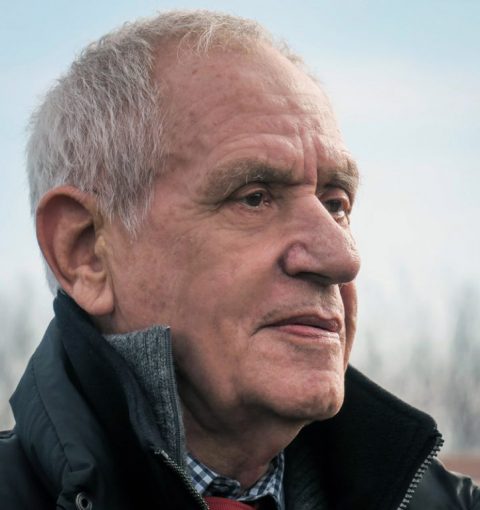
Douglas Cardinal
As a master-builder, Douglas Cardinal’s life is dedicated to creating beautiful, thriving, and harmoniously built environments. His architecture springs from his observation of Nature and its understanding that everything works seamlessly together. His work has defined contemporary Canadian, Indigenous, and organic architecture. Throughout his career, Mr. Cardinal has been a forerunner in philosophies of sustainability, green buildings, and ecologically designed community planning.
More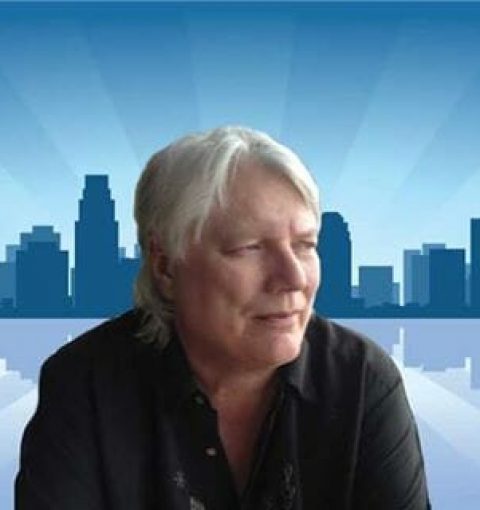
Production Director
Edward (Ted) W. Powell
B.Arch, A.I.A., NCARB, NCIDQ, ASID
“I strive to foster a greater achievement in the project development world — more holistic & sustainable building uses, better means of connectivity between buildings and the public, and more thoughtful ways to combine Nature with work, play, entertainment, and education.”
Edward W. Powell – Architect
Edward William Powell
AKA Ted Powell is a licensed California Architect, and a certified UCCE Master Gardener of Ventura, CA. He grew up in Edmonton, Alberta Canada and spent his summers on his grandmas farm playing with the animals and rearranging their environments. That’s when he realized Architecture and Planning would be a big part of his life.
CREATORS
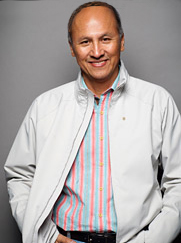 Gerald McMaster
Gerald McMaster
Ph.D., O.C
Curator, artist, author, and Tier 1 Canada Research Chair in Indigenous Visual Culture and Curatorial Practice at OCAD University — Gerald McMaster has more than 30 years of international work and expertise in contemporary art, critical theory, museology and Indigenous aesthetics.
More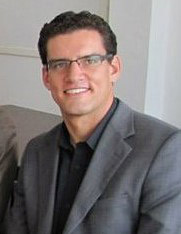
David Fortin
A.A.A., Ph.D., M.R.A.I.C., LEED AP
Raised in the Canadian prairies, David Fortin is a Métis architect and academic with special interests in the relationship between design culture and Indigenous peoples, as well as speculative architecture — including Indigenous and non-Indigenous science fiction, and the projected impacts of climate change. He has worked for a number of leading design firms in Calgary, gaining experience on projects of various scales.
MoreTURTLE ISLAND ARCHITECTS AND DESIGNERS
Tamarah Begay
A.I.A., NCARB, A.I.C.A.E., C.D.T., LEED AP BD+C
Tamarah Begay is a member of the Navajo Nation (Dine’), raised near Gallup, New Mexico, on the Navajo reservation. She received her Master of Architecture from the University of New Mexico in December 2004 and has more than 12 years of experience working with various Native American Tribes on schools, housing, office buildings, cultural centres and multipurpose buildings.
More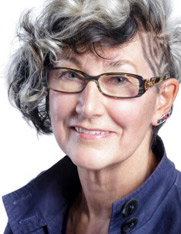 Harriet Burdett-Moulton
Harriet Burdett-Moulton
B.A., B.Ed, B.EnvD, B.Arch, Ph.D. (h.c.), N.W.T.A.A., F.R.A.I.C
A Métis citizen from Cartwright, Labrador, Harriet Burdett-Moulton graduated from the Technical School of Nova Scotia in 1976 — only the second female to do so. She lived in Iqaluit, Nunavut, and other northern communities for more than 20 years, and was the principal architect with her firm, Burdett-Moulton Architects and Engineers — the first design firm in the Eastern Arctic.
More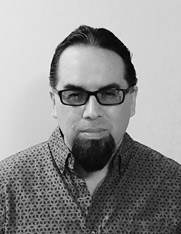 Jake Chakasim
Jake Chakasim
M.Arch, Ph.D. (candidate — Planning)
Raised throughout Northern Ontario (Omushkegowuk Territory, Cree), Jake Chakasim received the Architectural Research Centers Consortium (ARCC) King Student Medal for 2010–2011, an award that acknowledges innovation, integrity and scholarship in architectural and/or environmental design research. Mr. Chakasim’s design work explores both traditional and contemporary uses of wood as an innovative and culturally sustainable building material — an approach that not only aims to recontextualize Indigenous traditions but brings into focus “form determinants” specific to Indigenous art, architecture and identity practices.
Chris Cornelius
M.Arch
Chris Cornelius (Oneida) focuses on the architectural translation of culture; in particular, Native American culture. He is the founding principal of studio:indigenous, a design and consulting practice serving Indigenous clients. Mr. Cornelius was a cultural consultant and design collaborator with Antoine Predock on the Indian Community School of Milwaukee (ICS). ICS won the AIA Excellence in Design Award from the Committee on Architecture for Education.
Chris Cornelius has received numerous awards and honours, including the inaugural J. Irwin and Xenia S. Miller Prize; an Artist in Residence Fellowship from the National Museum of the American Indian; and multiple wins in the KRob Architectural Delineation Competition.
Wanda Dalla Costa
A.I.A., LEED AP
Wanda Dalla Costa, A.I.A., LEED AP is the Visiting Eminent Scholar at the School of Sustainable Engineering and the Built Environment at Arizona State University. Dalla Costa teaches Indigenous Planning, Architecture and Construction.
She is a member of the Saddle Lake First Nation and was the first First Nations woman in Canada to become a registered architect. She has spent nearly 20 years working with Indigenous communities. Her company, Redquill Architecture, is based in Phoenix, Arizona.
Tammy Eagle Bull
F.A.I.A., NCARB, A.I.C.A.E.
The first female Native American architect in American history, Ms. Eagle Bull is a member of the Oglala Lakota Nation, and has nearly 30 years of architectural design and project management experience. She has successfully led large, diverse, multidisciplinary design teams through all project phases. Ms. Eagle Bull believes strongly in the direct relationship between human behaviour and the environment. She strives to create environments in which the users will not only function but also thrive.
Daniel J. Glenn
B.Arch, SM.ArchS, A.I.A., A.I.C.A.E., NCARB
Daniel J. Glenn, (Crow) A.I.A, NCARB, is a nationally recognized expert in culturally responsive architecture and in green affordable housing, with a focus on work for diverse cultures. Mr. Glenn’s work reflects his Crow tribal heritage. He has been featured in the film, Indigenous Architecture/Living Architecture, and four of his tribal projects have been featured in the book, Design Re-Imagined: New Architecture on Indigenous Lands published in 2013 by the University of Minnesota Press. He was selected to be on a national technical advisory team on greening Indian housing for the HUD Sustainable Construction in Indian Country program.
MoreRyan Gorrie
B.F.A., M.Arch, M.A.A., M.R.A.I.C.
Ryan Gorrie is an Anishinaabe artist and registered architect, with experience in diverse architectural typologies including healthcare, housing, corporate office, recreation, cultural, landscape architecture and master planning. Ryan is a member of Bingwi Neyaashi Anishinaabek (Sand Point First Nation on Lake Nipigon). He is a member of the RAIC Indigenous Task Force.
Raymond Charles Gosselin
BEDS, M.Arch
Raymond Charles Gosselin is an architect of Métis, First Nation (Dakota), and German descent. He is a member of Muscowpetung Saulteaux Nation and the Métis Nation of Saskatchewan.
Since graduating from the Technical University of Nova Scotia in 1988, Mr. Gosselin has acquired more than 30 years of architectural experience, including 10 years of facility management experience with the First
MoreMatthew Hickey
B.Des, B.Ed, M.Arch, O.A.A., M.R.A.I.C., LEED AP
Matthew Hickey is Mohawk from the Six Nations First Nation and is a licensed architect with 12 years of experience working in an on-reserve architectural firm.
He received his Master of Architecture from the University of Calgary, and his Bachelor of Design from Ontario College of Art and Design University (OCAD U), winning both the Alberta Association of Architects President’s Medal and the Medal for Best Thesis, respectively.
MoreBrian Porter
B.Arch, O.A.A., M.R.A.I.C., NCARB
Brian Porter of the Oneida Nation hails from Six Nations of the Grand River. He has been a business leader for many years, designing and overseeing the construction of projects for First Nations communities across Canada and the United States. He has demonstrated success in designing culturally appropriate projects for these communities and has worked to maximize the participation of First Nations skills and trades.
His firm, Two Row Architect, promotes meshing traditional ideologies and symbols into current building technology, while actively promoting the creative and environmentally conscious use of building materials.
Ouri Scott
B.A., M.Arch, M.R.A.I.C., Architect A.I.B.C
Ouri Scott, is a Tłıc̨hǫ Dene architect originally from the Northwest Territories, who currently lives and works in Vancouver and thanks the sḵwx̱wú7mesh, sel̓íl̓witulh, and xʷməθkʷəy̓əm for allowing her to live on their territories as an uninvited guest. As a designer, Ms. Scott looks to develop a modern design language to react and respond to contemporary First Nations culture.
Her recent work includes an award-winning concept for a net-zero, mixed-use development in Seattle that incorporates renewable energy strategies and intensive vertical farming.
Eladia Smoke
O.A.A., LEED AP, M.R.A.I.C.
KaaSheGaaBaaWeak (Eladia Smoke) is Anishinaabekwe from Obishikokaang (Lac Seul First Nation), with family roots in Alderville First Nation, Winnipeg, and Toronto. Practising architecture since 2002, she founded Smoke Architecture in 2014, and is a Master Lecturer at Laurentian’s McEwen School of Architecture. Her career includes principal architect with Architecture 49’s Thunder Bay office, and architect with Prairie Architects Inc.
Ms. Smoke is on the RAIC Indigenous Task Force since 2015. She was a board member at Urban Shaman Gallery of Contemporary Aboriginal Art from 2010 to 2014, and a committee and council member with the Manitoba Association of Architects from 2011 to 2014.
Patrick Stewart
Architect A.I.B.C., LEED AP
Patrick Stewart, PhD is a member of the Killerwhale House of Daaxan of the Nisga’a Nation. His Nisga’a name, Luugigyoo, means “calm waters”. After obtaining his first professional degree in 1983, Mr. Stewart was the first architect of First Nations ancestry to own and operate an architectural firm in British Columbia (1995), and the first person of First Nations ancestry elected President of the Architectural Institute of British Columbia (AIBC).
MoreDavid Thomas
David G. Thomas received a Master of Architecture and a Bachelor of Environmental Design from the University of Manitoba in 2007. He has since been involved in creative projects throughout Manitoba, including participating on the design team for Migizi Agamik Student Centre at the University of Manitoba. He has designed and completed installations at the Canadian Museum for Human Rights, and the Manitoba Hydro building in downtown Winnipeg.
MoreAlfred Waugh
M.R.A.I.C., Architect A.I.B.C., LEED AP
Alfred Waugh is a member of the Fond Du Lac (Denesuline) Nation of northern Saskatchewan, Canada, Treaty 8. His firm, Formline Architecture, is located in West Vancouver with clients throughout the Pacific Northwest. The studio specializes in working on environmentally responsible and culturally sensitive projects that reflect and reinforce the values and visions of the client.
Many of the firm’s projects entail working with traditional artists of the region to embed cultural symbolism within the design. Mr. Waugh constantly strives to balance cultural sensitivity and environmental responsibility through the use of sustainable technologies and renewable resources.
